
"Fall" in Love With October's Growing Chatham
This month’s Growing Chatham celebrates fall with new articles, webinars, and a history lesson about century-old farms. Find out …



El inglés es el idioma de control de esta página. En la medida en que haya algún conflicto entre la traducción al inglés y la traducción, el inglés prevalece.
Al hacer clic en el enlace de traducción se activa un servicio de traducción gratuito para convertir la página al español. Al igual que con cualquier traducción por Internet, la conversión no es sensible al contexto y puede que no traduzca el texto en su significado original. NC State Extension no garantiza la exactitud del texto traducido. Por favor, tenga en cuenta que algunas aplicaciones y/o servicios pueden no funcionar como se espera cuando se traducen.
Inglês é o idioma de controle desta página. Na medida que haja algum conflito entre o texto original em Inglês e a tradução, o Inglês prevalece.
Ao clicar no link de tradução, um serviço gratuito de tradução será ativado para converter a página para o Português. Como em qualquer tradução pela internet, a conversão não é sensivel ao contexto e pode não ocorrer a tradução para o significado orginal. O serviço de Extensão da Carolina do Norte (NC State Extension) não garante a exatidão do texto traduzido. Por favor, observe que algumas funções ou serviços podem não funcionar como esperado após a tradução.
English is the controlling language of this page. To the extent there is any conflict between the English text and the translation, English controls.
Clicking on the translation link activates a free translation service to convert the page to Spanish. As with any Internet translation, the conversion is not context-sensitive and may not translate the text to its original meaning. NC State Extension does not guarantee the accuracy of the translated text. Please note that some applications and/or services may not function as expected when translated.
Collapse ▲
This month’s Growing Chatham celebrates fall with new articles, webinars, and a history lesson about century-old farms. Find out …
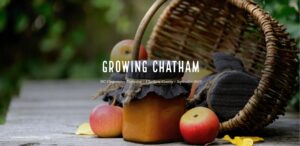
September has finally arrived, which means cooler weather is just around the corner, we hope! Our September edition of …
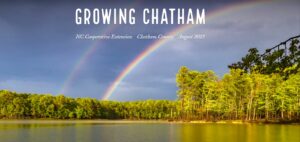
Click for the August Edition of Growing Chatham In this month’s edition of Growing Chatham we have details …
Need to renew your private pesticide applicator license this year? Join us on August 16 or September 9, 2021, …
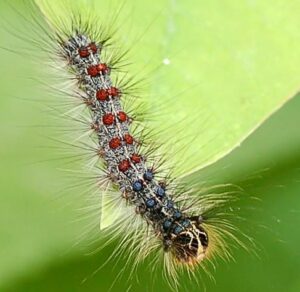
When we think of insects, rarely do we think, “Wow, look at that beautiful Danaus plexippus!” In both conversation …

It’s hard to believe that July is here! A new month means a new Growing Chatham Newsletter is ready …
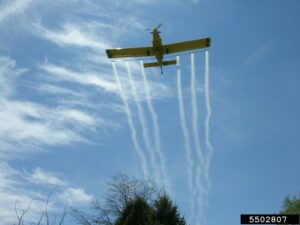
This month, the N.C. Department of Agriculture and Consumer Services is beginning treatments for Lymantria dispar (formerly known as ‘gypsy moth’) at …

View this month’s Growing Chatham It’s so hard to believe that summer has officially started, which means folks are outside …
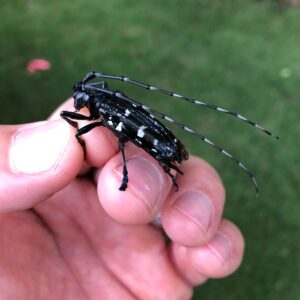
Original article written by Laura Oleniacz for NC State News, published May 25, 2021. If you’re planning to try to …

The May 2021 Edition of Growing Chatham has arrived! Click to open this month’s Growing Chatham. Have little time …
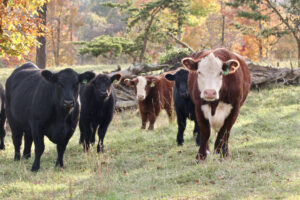
Don’t miss our upcoming webinar on Pest Control for Livestock on April 22, 2021, from 6–8 p.m. via Zoom. …

It’s not just baby birds that hatch from eggs each spring. In the next several weeks, pine needle scale …
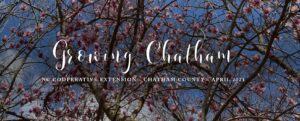
Growing Chatham April Edition has now arrived and full of spring blossoms! Check out our upcoming webinars that are …
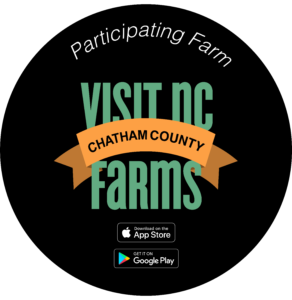
Join hundreds of farms and agribusinesses across North Carolina in cooperative marketing! The North Carolina Cooperative Extension, Chatham County Center is …
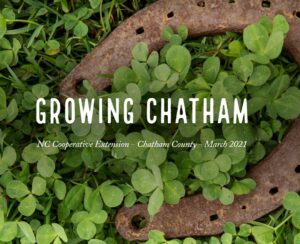
Today is the beginning of a new month, which means Growing Chatham is now available! This month is full …
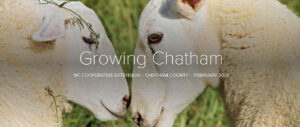
February has arrived, bringing a hint of winter weather with it as well as the February edition of Growing …
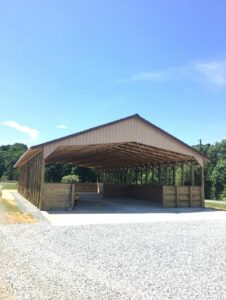
PITTSBORO, NC— The Chatham Soil and Water Conservation District announces an opportunity to apply for cost-share through the North …
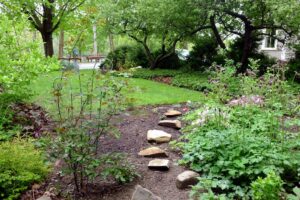
In lieu of our annual, in-person conference, N.C. Cooperative Extension – Forsyth and Chatham County Centers are hosting a …
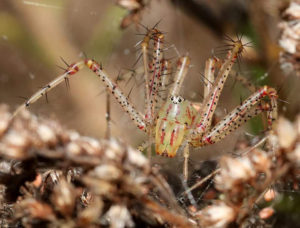
Chatham Conservation Partnership conducted a webinar on SPIDERS on October 15, 2020, and we had a great turnout of about 130 …
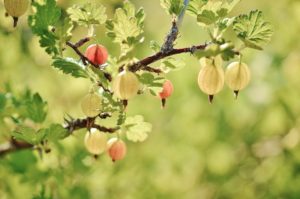
9/16/2020 – (Reviewed 8/28/2024) The short answer is “no.” You cannot legally grow currants or gooseberries in North Carolina. …
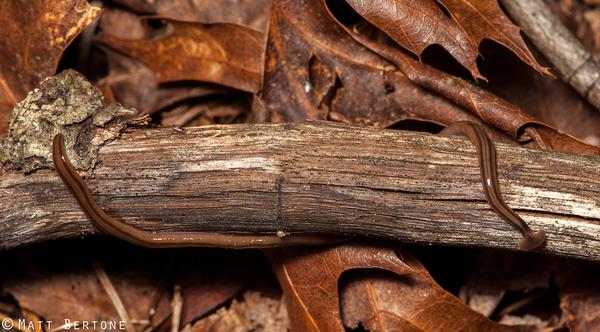
This factsheet offers information on the identification and management of various flatworms that may be …
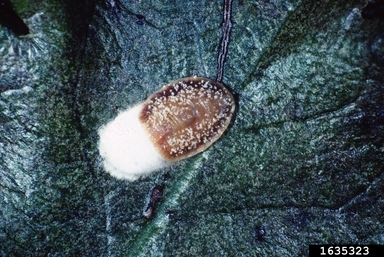
This article will cover two important scale insect pests of blueberries in North Carolina, terrapin …
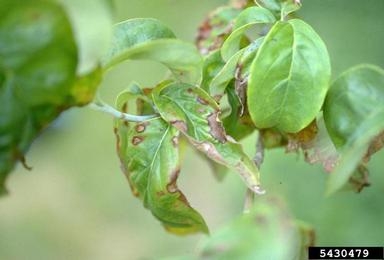
This fact sheet compiles common disease of dogwood trees (Cornaceae) in North Carolina. It contains …
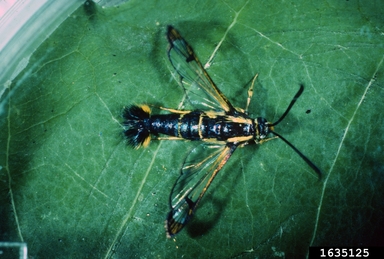
This fact sheet compiles common arthropod pests of dogwood trees (Cornaceae) in North Carolina. It …
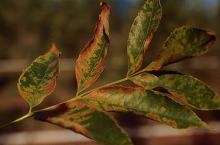
This factsheet describes several diseases that impact the health of ash trees.
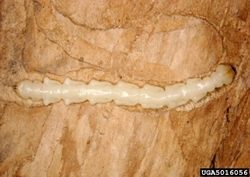
This factsheet provides descriptions of several pests of Ash trees in North Carolina. It describes …

This factsheet provides brief descriptions of common disease pests of maple (Acer spp.) in North …
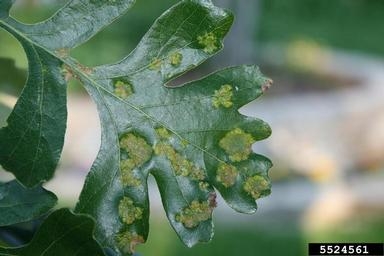
This factsheet provides brief descriptions of common disease pests of oak (Quercus spp.) in North …